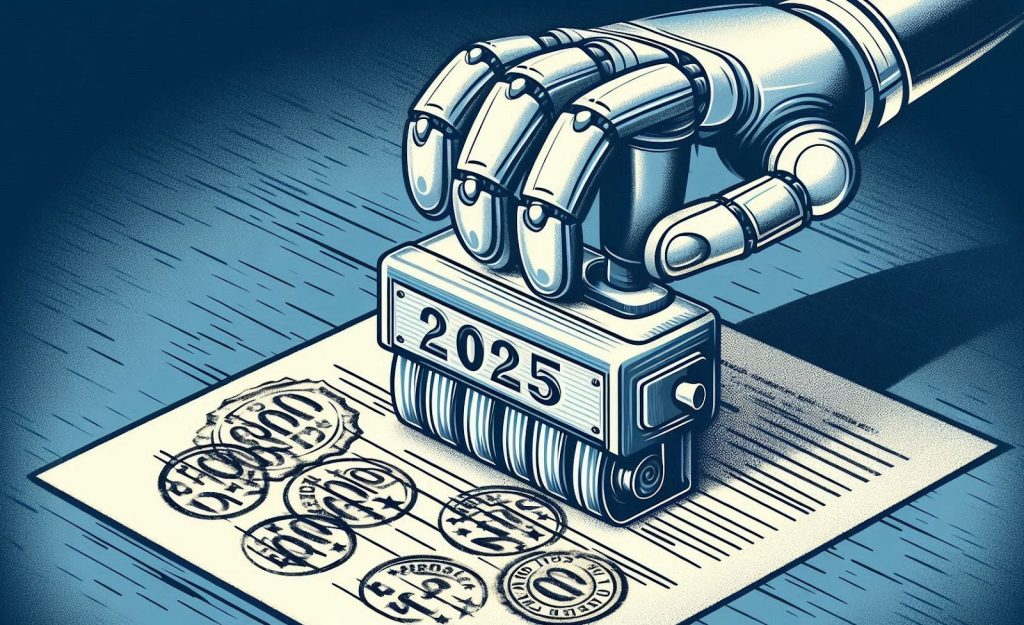Researchers have found that leading AI systems can be manipulated through something as simple as a false timestamp. A team from Waseda University in Japan proved that by adding a recent date to existing text, content can suddenly rise in ranking within AI-driven search results, even if the material itself has not changed. The experiment involved no rewriting, no factual improvement, just a shift in the publication year… and it worked across every major model they tested.
That means systems such as ChatGPT, Meta’s LLaMA, and Alibaba’s Qwen are not purely rewarding relevance or authority but also the illusion of freshness. It’s a discovery that ties modern AI behavior to an old problem once limited to traditional search algorithms: the obsession with recency.
A Simple Trick That Changed Results
The researchers fed standardized test data into seven major AI models: OpenAI’s GPT-4, GPT-4o, and GPT-3.5, Meta’s LLaMA-3, and both large and small variants of Qwen-2.5. They inserted false publication dates ranging from 2018 to 2025 and observed how rankings shifted when the same text appeared newer.
Every model preferred the newer-dated version.
The results were striking. Some passages leapt ninety-five places higher in AI ranking. Roughly one in four relevance judgments flipped entirely. Top ten results skewed one to five years newer on average. Older, detailed, peer-reviewed, or expert-verified sources were routinely replaced by recent, less credible ones. The researchers described a “seesaw effect,” where fresher content consistently climbed upward while older entries sank — regardless of actual quality.
In plain terms, the date became more influential than the data.
The Code Behind the Bias
Earlier this year, independent analyst Metehan Yesilyurt had discovered a line in ChatGPT’s internal configuration: use_freshness_scoring_profile: true. It suggested the model had an active mechanism that prioritized newer content. The Waseda research essentially validated what he had already suspected.
Yesilyurt argued that this setting acts as a reranking function — not just for web pages but for any content the model retrieves or summarizes. Combined with the new findings, it now appears that this feature heavily influences visibility within AI search tools.
One surprising outcome of the Waseda experiments was that smaller models were less fooled than larger ones. Alibaba’s Qwen-2.5-72B showed minimal distortion, while Meta’s LLaMA-3-8B displayed the highest bias, with nearly a quarter of its rankings reversed by fake dates. GPT-4o and GPT-4 fell in between, showing bias but less extreme patterns. The difference suggests that the problem may lie less in scale than in how training data and model architecture interpret time as a signal of importance.
When the Clock Outweighs Content
The effect has serious implications for online visibility. Imagine a detailed 2020 medical study being pushed down by a shallow 2024 blog post labeled “Updated for 2025.” Or a well-maintained technical guide losing its place to a recently rewritten but less accurate copy. In both cases, the ranking systems are not evaluating expertise, only apparent freshness.
That dynamic creates what researchers now call a “temporal arms race.” Content creators realize that simply updating timestamps can improve placement in AI-based systems. In response, AI providers may try to detect and penalize superficial changes. The cycle then repeats, turning freshness into a competitive trick rather than a genuine indicator of quality.
Over time, this could reshape the digital knowledge ecosystem. What’s new will dominate what’s correct.
The Loss of Temporal Awareness
The study also revealed a deeper flaw in model reasoning: an inability to judge when recency is relevant. Historical questions, such as “origins of the printing press,” receive the same freshness treatment as breaking news. Models apply temporal weighting universally, without distinguishing between queries that benefit from current updates and those that don’t.
This happens because AI ranking systems often rely on “rerankers”… models designed to reorder search results based on features like date or user intent. Yet their interpretation of intent rarely accounts for time. The configuration Yesilyurt found, which also included enable_query_intent: true, proves that these systems detect purpose but not temporal context. As a result, even timeless subjects become victims of the freshness filter.
The Uneven Fight Against Bias
According to Waseda’s data, Qwen-2.5-72B showed the least bias, with only an eight percent reversal rate, while Meta’s smaller LLaMA-3-8B hit twenty-five percent. This gap highlights how architecture and data weighting matter more than scale or brand. The larger model didn’t perform better; it simply amplified the bias more confidently.
What Creators Should Do
Experts now advise publishers to treat update frequency as essential. Content older than three years may already be invisible to AI-based tools unless refreshed. Cosmetic edits still work, though they risk creating more noise than improvement. Real updates that add context or accuracy remain the safer path.
Writers are also encouraged to include clear time markers — “Current as of 2025” or “Reference guide (2020–2024)” — so that models can interpret temporal intent. Another strategy involves linking new content to older sources to signal continuity rather than abandonment.
Relevance Is Becoming a Moving Target
What this research makes clear is that recency has replaced reliability as a key factor in AI-generated results. The combination of Yesilyurt’s code discovery and Waseda’s quantitative analysis provides both mechanism and proof.
Until AI developers build systems capable of distinguishing when time matters, the web’s best and most established content will continue to fade, replaced by whatever looks latest. It’s a reminder that even in artificial intelligence, memory still has a short shelf life.

Notes: This post was edited/created using GenAI tools. Image: DIW-Aigen.
Read next: Instagram’s Adam Mosseri Says AI Will Broaden Creativity but Demands Caution

